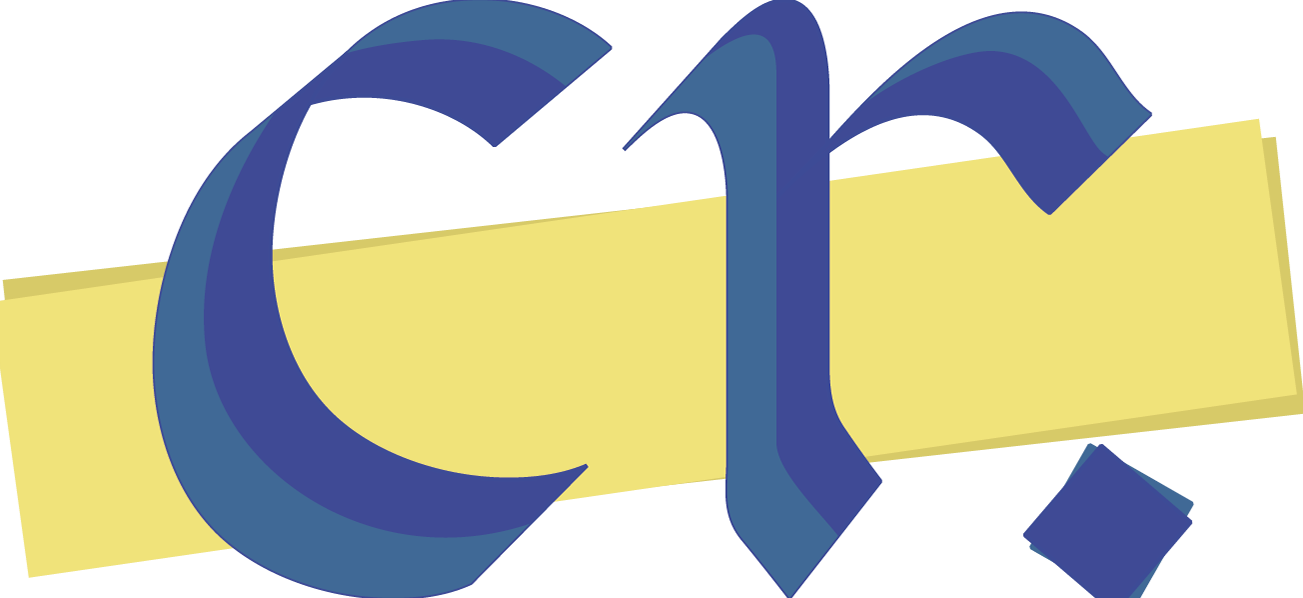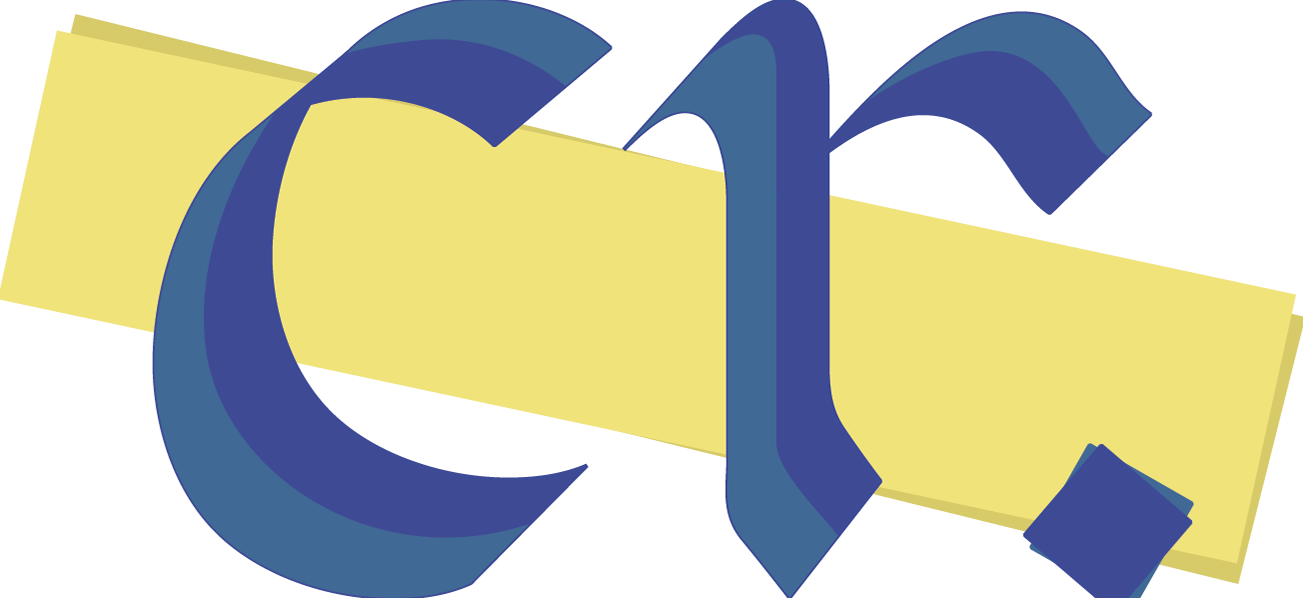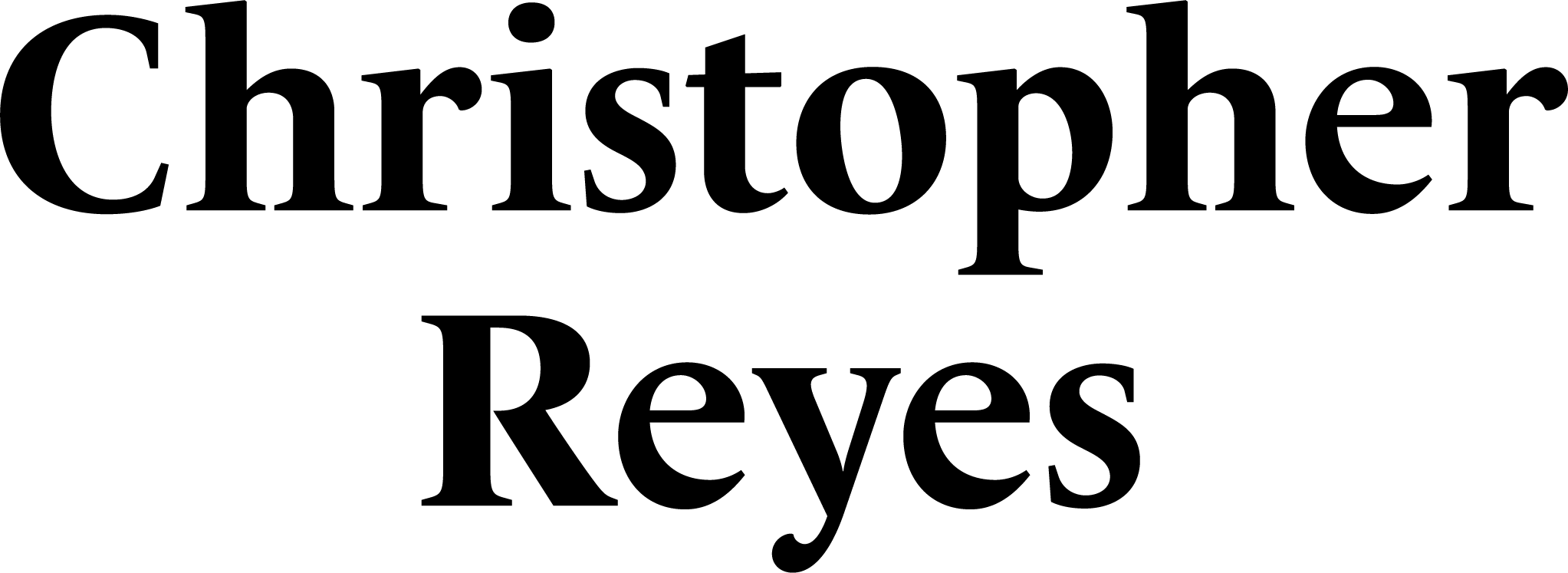A group project that focused on utilizing principles of psychology in order to encourage some kind of behavior change in its users. The final result, Plant Pals, is a playful mobile task management application paired with a virtual pet that nudges college students to seek out a healthy work-life balance.
Team: Maddy Cha, Allissa Chan, & Kade Stewart
Initial Research
Before we began, we wanted to understand the current state of students and how they manage tasks, particularly in an academic setting. By polling students, we found that those who do use pre-existing task management applications find them helpful, but really only use them when they feel overwhelmed and can't remember everything. Additionally, when creating a to-do list for themselves, students were evenly split between listing the task as a whole, and listing smaller sub-goals.
From those results, we wanted to have our project be both familiar and versatile to cater to students with a broad range of task-management behaviors, as well as encourage taking intentional breaks from work.
Given that this project was also intended to effectively utilize psychological principles of persuasion, we conducted a literature review to investigate the task management, motivation, and the efficacy of virtual pets.
Paper Prototyping
Rough sketches were created to outline both the general structure and flow of interaction of the application, as well as briefly experimenting with the visual language. Our entire concept emphasizes self-care and striking a healthy work-life balance, so having charming visuals helps to make a user's workload seem more manageable—and we simply want it to be fun to interact with.
Prototypes addressed potential design decisions like adding tasks, breaking them down into small tasks, and experimenting with a "Garden" system that could provide social motivation to users as they can see the virtual pets and tasks of their friends.
User testing here showed that users were confused with how we initially handle our task/break system, which was originally slated to be a time-based break. Coupled with our literature review showing that time-based breaks can wind up causing even more stress, we shifted our task/break system to provide specific break recommendations (going for a walk, getting a snack with a friend, etc.).
Low Fidelity Prototyping
Our low-fidelity prototype focused entirely on the structure and system of the application, building off our initial sketches.
From user testing, we found that users appreciated the ease of adding tasks in this system, as well as being able to organize their tasks by date, time, and topic. It also confirmed that it's difficult for a user to provide a number when estimating how long a task would take, and so we chose to instead have users classify a task as either short, medium, or long. Users also confirmed our previous decision to provide specific break recommendations.
Mid Fidelity Prototyping
Based on our low-fidelity feedback, we created a few select screens to flesh out what the application would look like, and to gain some more insight from users, particularly in regards to how tasks, breaks, and rewards interact.
The feedback loop of task completion and rewards seemed a lot clearer for users, as users were now given an item to customize their plant, and the plant would also show some kind of growth. The reminder screen created some confusion, as users weren't entirely sure what they were being told.
Other feedback included thoughts about editing, or "re-rolling," break suggestions if the user receives one they're not happy with, or suggestions regarding the total randomness of the accessory reward. We later toyed around with having the user select from a random set of three, but we felt that for its current state, having just one random item cleared any potential confusion. If this were to become a released product, however, that would definitely be under consideration for testing.
Final Prototype
Ultimately, we streamlined the task/break/reward system to provide a reward once the user has done a task as well as its associated break activity. Our "Garden" system, while we liked the social aspect, turned into a screen where the user can view their past plants. We wanted the user to start fresh every month with a new plant so that it encourages them to keep trying even if they have a not-so-great month, but users were also really fond of their plant and didn't want them to completely disappear. It would be really interesting to develop our initial "Garden" system and see how a digital social space could foster support—users could be encouraged to take breaks with each other, or could send small notifications to let another user know they're thinking about them.
The project as a whole was very open-ended, which pushed us to really plan ahead, set deadlines, and stick to them, while also being open to changing the direction of our project or share responsibilities. Creating something so resolutely positive, optimistic, and full of charm felt really rewarding, and it's definitely an attitude I'd like to incorporate into my own work more often.


